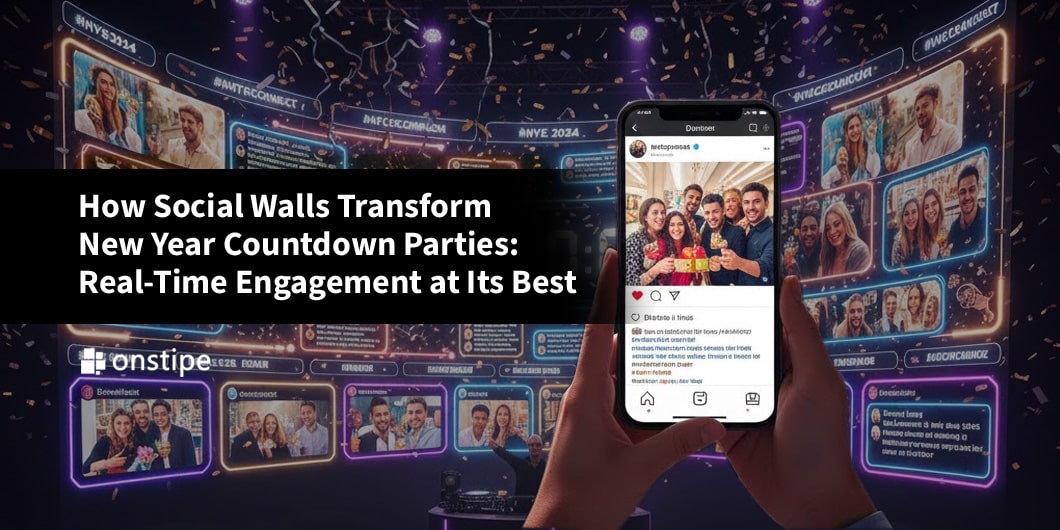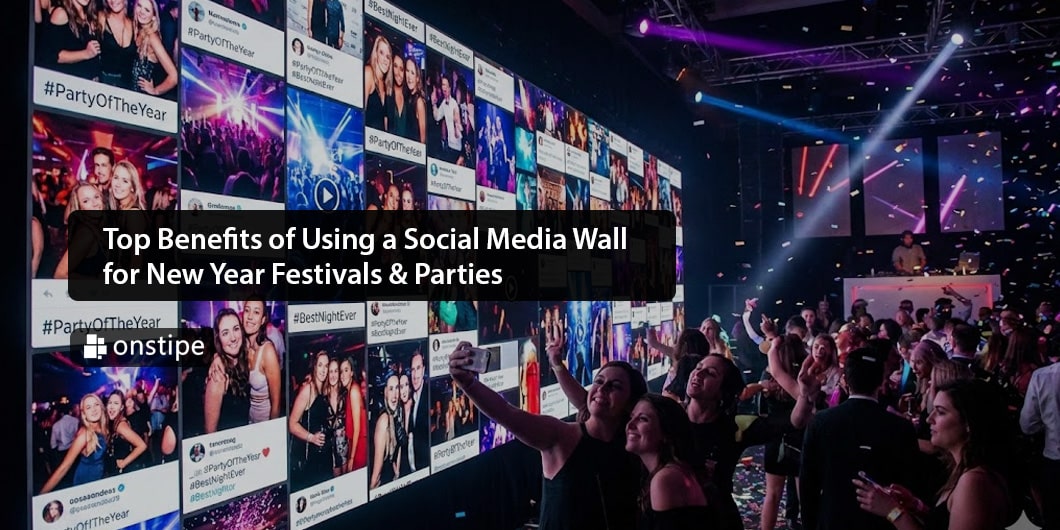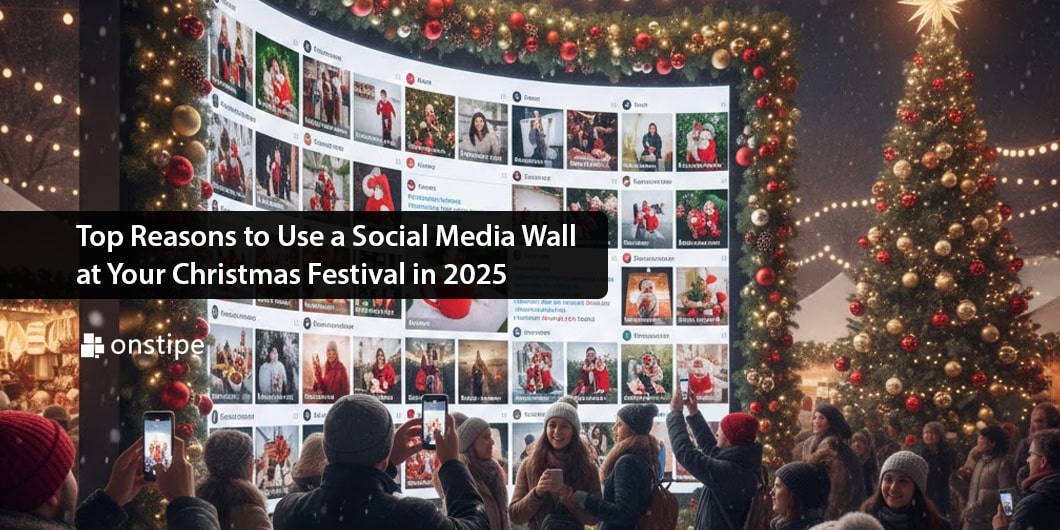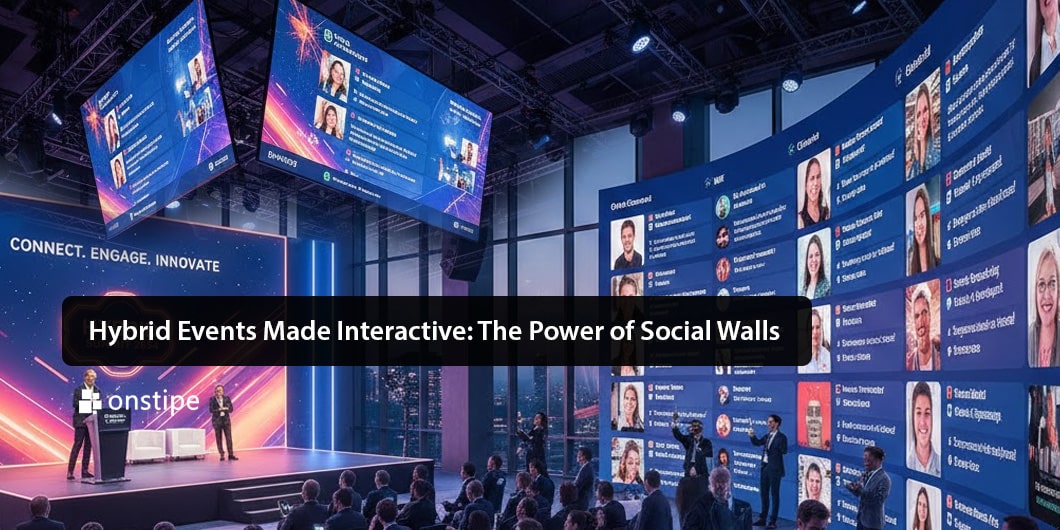For those who aren’t already familiar with the term, social selling is a combined strategy. It generally consists of including engagement, analytics, and influencer partnerships into a single strategic system.
You can see this unfolding across platforms like Instagram, TikTok, and LinkedIn for the most part. While some people devise a plan for this from scratch, others may use tools like an Instagram tracker for inspiration.
Regardless of the exact approach to social selling, it’s a helpful component to full-funnel business growth in 2025. This article highlights the whys and hows of social selling and how to apply it to modern business practices.
Social Selling in 2025: Core Components of the Funnel
While there are many ways you can customize a strategy for social selling, there’s still an important framework involved. From brand awareness to engagement and landing conversions, you’ll find several important angles to think about here:
The list below offers a brief look at what’s usually included into a social selling strategy:
- Utilizing Instagram influencer trackers to find the right content and target audiences
- Analytics tools to measure likes, shares, and comments to optimize messaging
- Making use of analytics reports to reveal how users shift from casual browsing to active interest
- Focusing on retention to devise effective brand loyalty campaigns and community growth
- Optimizing CTAs to churn conversations and retargeting where it makes sense
Overall, social selling in 2025 spans between influencer inspiration, analytics, and building upon authentic audience connections along the way. Many supporting tools are available for this, some of which help track Instagram recent follows, so you know who your demographic is.
If you’re new to these kinds of services, check out the video below for a quick tutorial on how they work.
To put a strategy together that works for you, it helps to gain a better understanding of various social selling components.
1. Leveraging Social Media for Top-of-Funnel Reach
For years now, Instagram has been seen as one of the leading discovery engines for brands. Using an Insta tracker could easily tell you that, as there’s no shortage of brands investing in the reach social platforms have to offer.
When it comes to awareness on Instagram, most brands focus on a mix of organic and paid exposure. This is a great way to spark ongoing curiosity and community building. However, the next step is to turn your metrics into meaningful and actionable insights.
2. Turning Metrics into Actionable Insights
Instagram metrics can go a long way when it comes to building a social selling strategy. This provides you with information like audience behavior. Not to mention preferences that go beyond what you see in surface-level engagement.
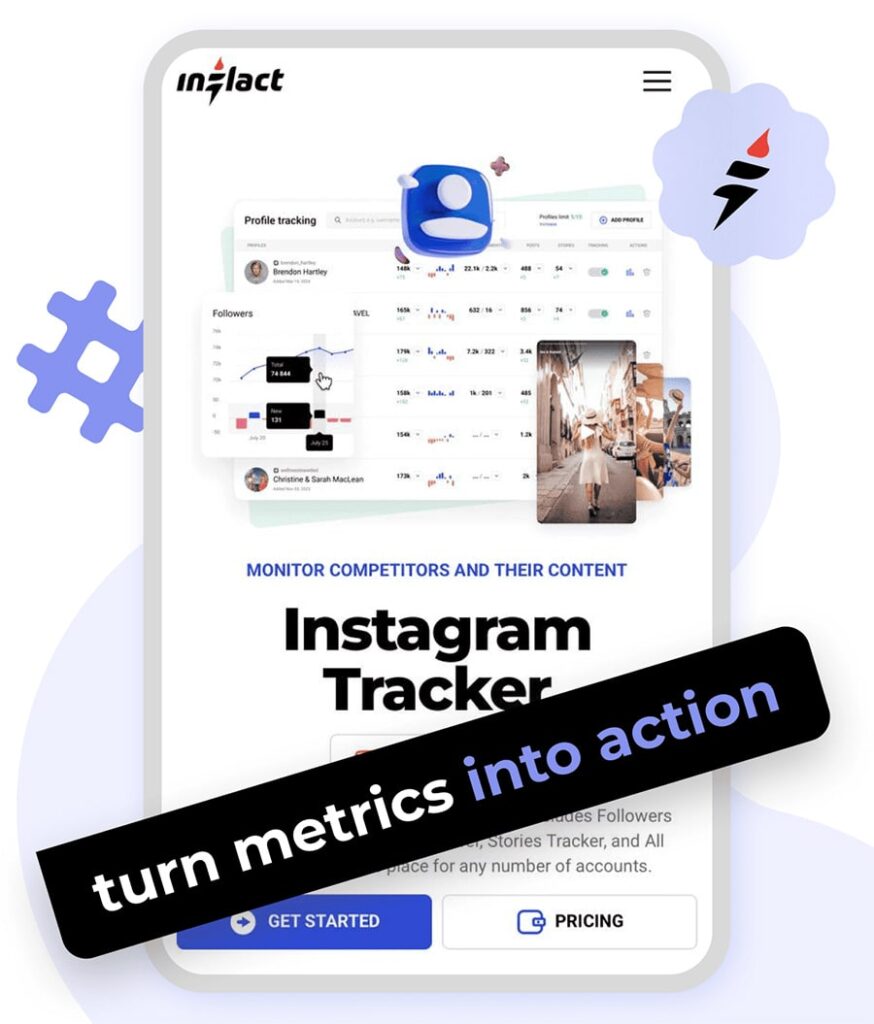
If you aren’t sure where to start here, this is another good example of why an Instagram metrics tracker can help. You need to work with detailed reports and key pattern signals to help guide your decision-making on next steps. Keep in mind, this is just one angle to the insights that are going to help your brand make better targeted content overall.
3. Driving Sales Through Optimized Social Selling
Generating sales can be accomplished through several strategies. There’s never a one-size-fits-all approach to this, but there are definitely some best practices. Using an Instagram analytics tracker can help you craft better CTAs and drive clicks that convert.
Overall, it’s data that will help you determine which types of content work best for driving sales. Using a tracker for Instagram, whether it’s for metrics or content ideas, is an excellent way to create personalized offers that work. From tailored promotions to limited-time discounts and product recommendations, a combined approach is best to accelerate conversions in the long term.
4. Sustaining Customer Relationships Beyond the First Sale
Making that initial sale is great, but that isn’t where you want the rope to end. Retention matters in this equation. Once again, it’s Instagram analytics tools that will help you keep an eye on long-term engagement. Monitoring engagement patterns over time is how you adapt your social selling.
What worked before may not work on the customer again down the road. Brands can gain a lot of insight from post-purchase engagement. Paying attention to those long-term data-driven insights is how you actionably pivot your offers to make sense to the customer over time.
The Future of Social Selling
As time goes on, the scope of social selling is bound to change. For the time being, it’s artificial intelligence that’s actively changing the game. This will lead to better predictive insights and fine-tuning funnel movement.
Brands can expect many recipes in social selling to adapt and change to the benefits this tech can bring to the table. With the help of predictive insights, brands can tailor content and their entire campaigns in a much more proactive manner.
Aside from that, real-time Instagram analytics reports are only going to deliver even better data-driven insights. Marketers will be able to respond to certain trends in record time, and this includes automation for targeting as well.
Replicating winning strategies will become easier than ever, and AI-driven personalization has been shown to improve sales funnels across every stage. From awareness to sales and retention, marketers won’t have to stress so much over what move to make next.
The Final Word
If it isn’t clear already, social selling strategies are a vital component of full-funnel growth. This includes connecting awareness with engagement, conversations, and finally, retention. Instagram is a popular platform for this approach, and Instagram trackers will easily provide a clear look into this reality.
By utilizing data-driven insights, brands can optimize campaigns and maximize ROI with minimal stress or delay involved. Adapting to a data-focused social selling strategy has proven to work with numerous brands, regardless of industry.


